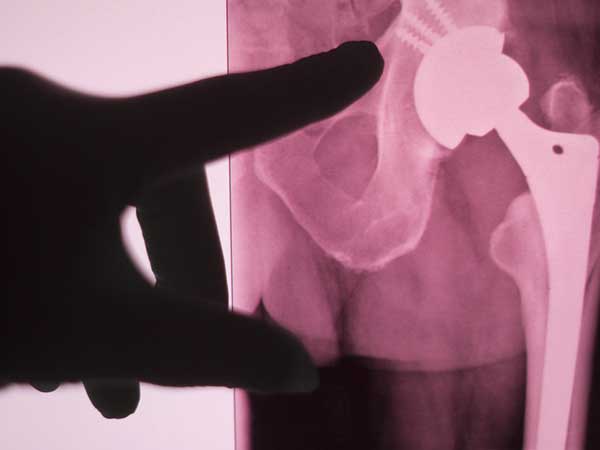Hip Replacements Can Lead to Devastating Consequences
Living with hip pain can be unbearable causing many people to turn to hip replacement surgery in...
READ MORE
In far too many instances, people who put their trust in the manufacturers of certain metal-on-metal hip implants have had to suffer through a miserable illness known as metallosis. If you have received such an implant, you need to be aware of the signs of this illness so that you can take the steps necessary to have the problem successfully treated.
In a nutshell, metallosis occurs when microscopic pieces of metal enter the bodily tissues and bloodstream. In the case of a defective hip implant, when components of the device rub together they can create tiny pieces of metal debris. These pieces will typically enter the tissues surrounding the implant and the bloodstream. Some may be eliminated through urine, but in many cases, they essentially poison the blood, leading to a great many health issues.
These issues, according to the U.S. Food and Drug Administration (FDA), can range from relatively mild skin rashes to severe neurological complications (including vision and hearing problems), depression, cognitive problems, thyroid problems and kidney damage.
Some people can develop severe reactions from a relatively small amount of metal debris in the blood, while others won’t develop issues unless they have a significant accumulation of debris. The FDA reports that people who had implants in both hips could be at a higher risk of developing metallosis, as well as those who are obese, have a metal sensitivity or have kidney issues. Other risk factors include a high level of physical activity, a compromised immune system, and implantation of devices with small femoral heads (44 millimeters or less).
If you received an implant and you experience any of the following, get to a doctor as soon as possible.
Baron & Budd may be able to help if you have developed metallosis from a metal-on-metal hip implant. Contact us online or call (866) 347-7765 to learn more.
Notifications